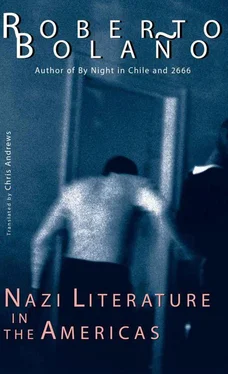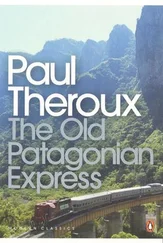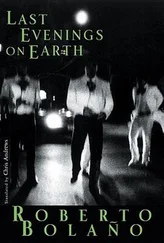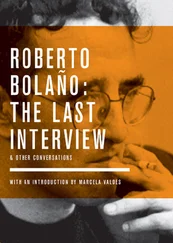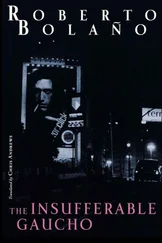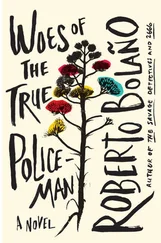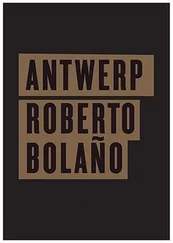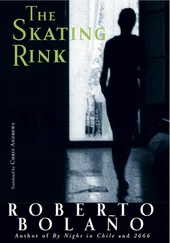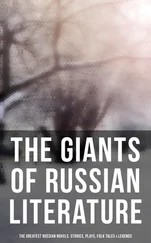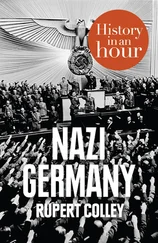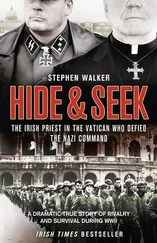History and Thought . Chilean magazine whose early issues contained articles and essays on European and American geopolitics and military history. Under the editorship of Gunther Füchler, no doubt the magazine’s most ambitious and inventive editor, History and Thought attempted to launch the careers of a series of German-Chilean novelists and short-story writers (Axel Axelrod, Basilio Rodríguez de la Mata, Herman Cueto Bauer, Otto Munsen, Rodolfo Ernesto Gruber, etc.) with results that were initially mixed but constituted overall and in the end a resounding flop: only two of the authors persisted in their literary endeavors beyond the age of twenty-five, one of them opting to write in German, and, unsurprisingly, in Germany. The magazine’s first editor, J.C. Hoeffler, was responsible for a Public History of the Second World War , followed by a Secret History of the Second World War , not to mention the first respectable Spanish translation of Baldur von Schirach’s Selected Poems . Werner Méndez Maier, editor from 1979 to 1980, a ferocious futurist whose ready fists drove away the editorial board and the magazine’s sponsors, was the author of the controversial Lieutenant Ramírez Hoffman: News from Reliable Sources , which at the time was considered by friends and enemies alike as a monumental and quasi-schizophrenic exercise in leg-pulling. Gunther Füchler, the third editor (from 1980 to 1989), was the author of an enormous History of Pacific War , devoted to the conflict between Chile and the alliance of Peru and Bolivia in 1879, a 740-page tome aspiring to exhaustiveness, which includes minute descriptions of everything from the uniforms of both sides to the strategic, operational and tactical battle plans. In 1997 the National Literary Prize was awarded to Füchler in recognition of his historical labors, a high point in the career of the magazine’s most respected general editor. Under Karl-Heinz Riddle, History and Thought entered a more openly revisionist phase. It was influenced by the thinking and theories of the French philosopher Étienne de Saint-Étienne, a controversial professor at the University of Lyon, who tried to use historical documents (including dubious permits for the opening of kosher butchers’ shops) to prove that only 300,000 Jews had died in all the concentration camps during the Second World War. Following in Saint-Étienne’s footsteps, Riddle produced a miscellaneous series of eccentric articles in which the historico-mathematical-enumerative system was taken to its ultimate consequences. The decline which had shown early signs in Riddle’s time was finally confirmed under the editorship of Antonio Capistrano (1998–2003), a poet in the Georgian style, formerly associated with the Southern Hemisphere Literary Review , whose sole quality was administrative efficiency. At the beginning of the twenty-first century, the German-Chilean axis was no longer able to provide funds or generate enthusiasm, and the die-hards continued their crusade on the information superhighways.
The Hotel of the Brave . One of the Aryan Brotherhood’s magazines.
The Inner Circle . One of the Aryan Brotherhood’s magazines.
Iron Heart . Chilean Nazi magazine which survived for a number of years not in an Antarctic submarine base, as its ardent instigators would have preferred, but in Punta Arenas.
Lamp of the South. Publishing house founded by Edelmira Thompson. 1920–1946. Never made a cent.
Literature behind Bars . One of the Aryan Brotherhood’s magazines.
Living Poetry . Literary magazine published in Cartagena, Spain, 1938–1947.
The Mandarins’ Club. Metaphysical and literary group created by Jules Albert Ramis.
Modern Argentina . Monthly magazine founded by Edelmira Thompson and initially edited by Adlo Carozzone.
The Naturalist Aryan Commune. Founded (in 1967) by Segundo José Heredia on a farm near Calabozo (in the state of Guárico), where Frank Zwickau and other Venezuelan artists of vaguely Aryan extraction put up for a few days.
The Poetic and Literary Beacon . Magazine published in Seville, 1934–1944.
Second Round . Literary and sporting magazine founded and edited by Segundo José Heredia, which brought together a large and generally ungrateful group of young Venezuelan writers.
Southern Hemisphere Literary Review . When Ezequiel Arancibia and Juan Herring Lazo embarked on their publishing venture, their aim was not only to provide an alternative to History and Thought , but also a Chilean response to that journal’s Germanic thrust. As they saw it, History and Thought’s team represented German National Socialism, while the following they hoped to gather would represent Fascism. An Italian, aestheticist, swaggering Fascism in the case of Arancibia; while Herring Lazo espoused a Spanish, Catholic, Falangist, anti-capitalist Fascism in the style of Primo de Rivera. Politically, they were stalwart supporters of Pinochet, although they did not spare him their “loyal criticism,” especially in regard to economic matters. In literature they admired only Pedro González Carrera, whose complete works they edited. Unlike the Germanists of History and Thought , they did not disdain Pablo Neruda and Pablo de Rokha; indeed they made a methodical study of Neruda and de Rokha’s free verse, with its long lines and powerful cadences, and often cited the pair as exemplary practitioners of militant poetry. All you had to do was change a few names — Mussolini instead of Stalin, Stalin instead of Trotsky — slightly adjust the adjectives, replace a few nouns, and you had the ideal pamphlet poem, a genre they recommended as salutary given the historical context, although they never granted it the supreme place of honor. By contrast they loathed the poetry of Nicanor Parra and Enrique Lihn, which they considered hollow and decadent, heartless and despairing. They were excellent translators and introduced the Chilean public to the work of many lesser-known poets writing in English, German, French, Italian, Portuguese, Rumanian, Flemish, Swedish and even Afrikaans (a language that Arancibia taught himself, according to his friends, with the help of a good dictionary and three trips to South Africa). In the early days they tried to promote only artists with whom they had political as well as literary affinities, and aggressively dismissed all other schools of thought. They organized readings and literary events in the provinces, venturing to remote regions devoid of literary tradition, where the low rates of literacy would have daunted less enthusiastic men. They started the Southern Hemisphere Poetry Prize, which was won successively by Herring Lazo, Demetrio Iglesias, Luis Goyeneche Haro, Héctor Cruz and Pablo Sanjuán, among others. They tried to persuade the Chilean Society of Authors, of which they were members, to set up a pension fund for elderly and economically disadvantaged writers, an idea that, given the public’s indifference to the problem and the profession’s endemic egoism, never got off the ground. Arancibia’s literary opus is concentrated in three slim volumes of poetry and a monograph on Pedro González Carrera. His works in a broader sense, fruits of enthusiasm and boundless curiosity, include his legendary voyage through Europe and South Africa in search of the spectral Ramírez Hoffman. Juan Herring Lazo is the author of several poetry collections and plays that were variously received, as well as a trilogy of novels relating the gestation and birth of a new American sensibility based on love. In his final years at the helm of the magazine, he tried to open its pages to virtually all Chilean writers, but fell short of that aim. He was awarded the National Literature Prize. The third editor of the Southern Hemisphere Literary Review , Luis Goyeneche Haro, author of ten books of poetry which, viewed as a group, consist simply of variations on the first, tried to follow in Herring Lazo’s footsteps, with little success. Under his editorship the magazine went through its most mediocre phase. Pablo Sanjuán, a disciple of Arancibia and a committed fan of González Carrera, tried to change the magazine’s direction and steer it back towards the old ideals, while keeping it open to other voices and other ideas, which he sometimes took it upon himself to censor and deform, thereby sparking clashes and quarrels. He tried desperately to make friends, but enemies were all he ever had.
Читать дальше
